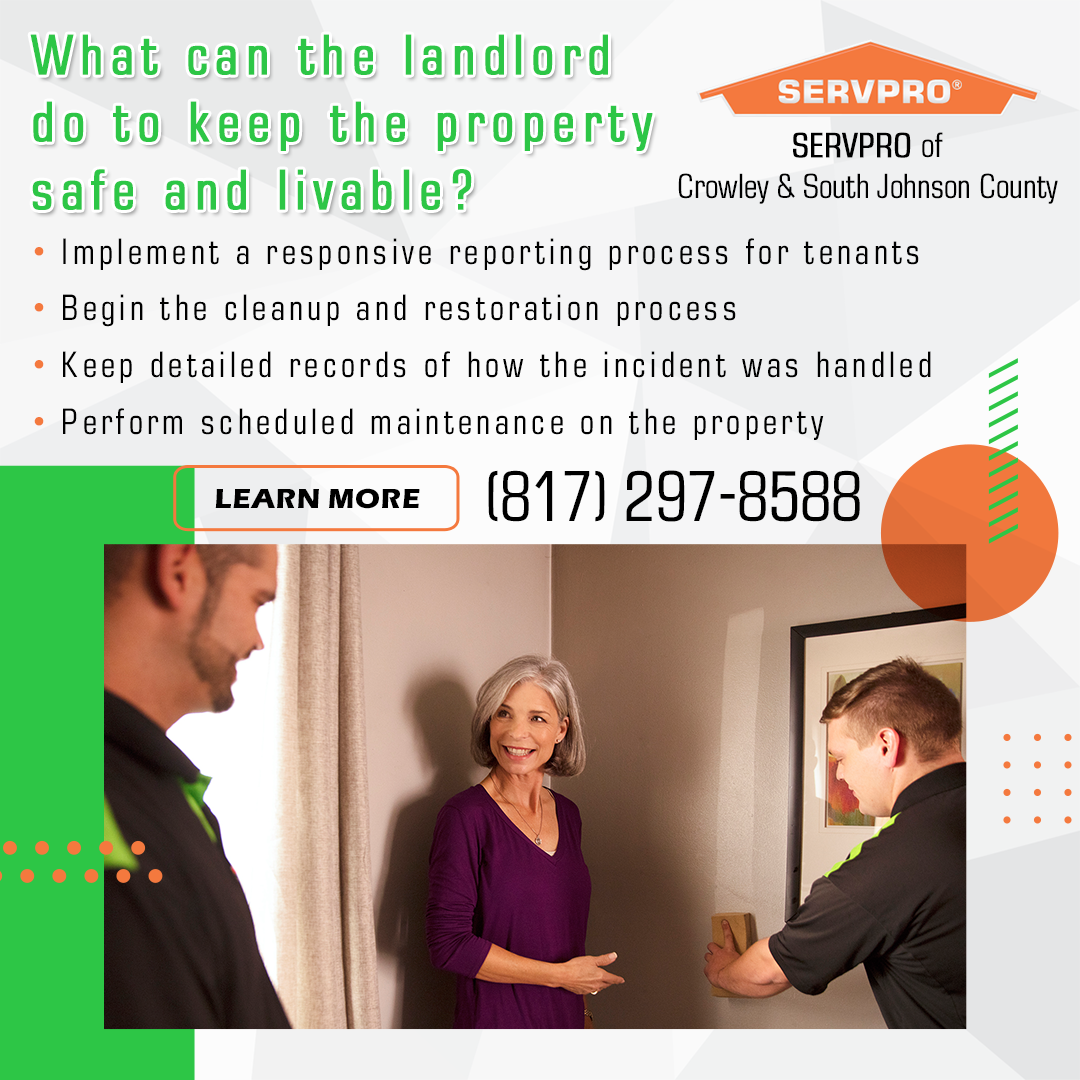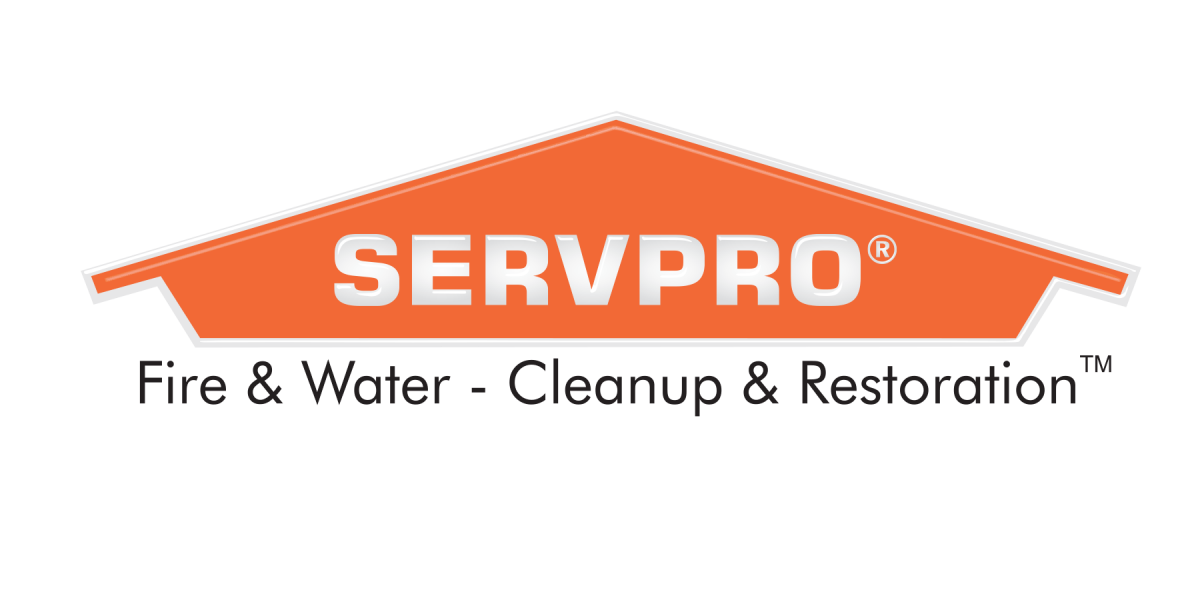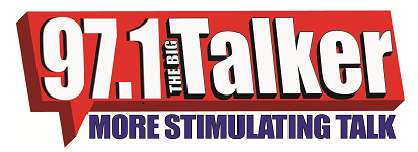The dedicated damage restoration and mold remediation professionals at SERVPRO of Crowley & South Johnson County understand and appreciate the priority landlords and property managers place on keeping tenants safe and comfortable. A mold infestation can present health effects that raise concerns for renters who live in a single-family dwelling or an apartment complex. Tenants around the nation have succeeded in winning lawsuits against landlords to cover expenses arising from health effects possibly caused by exposure to mold in the rented dwelling.

Where can mold be found in a rental?
The colors and shapes of mold vary widely. Some common varieties of mold include paecilomyces, stachybotrys, aspergillus, penicillium, and fusarium. Mold ranges in color from white, black, gray, or green. The texture of these fungi can be shiny and smooth, and some mold textures have a powdery appearance. Mold can give off a strong, pungent, disgusting odor.
Mold needs four basic things to thrive: warmth, darkness, organic matter for food, and humidity. Humidity creates prime growing conditions for mold. The naturally humid climate of the North Texas area around Dallas and Fort Worth presents more mold issues than drier climates. Homes and buildings in drier climates will still have mold problems when excessive moisture issues are present. Mold can grow in any climate as long as moisture is present.
Mold is often found growing on items that have become saturated with water from a leaking faucet, roof leak, a cracked tub or shower floor, or a dripping drain pipe. Look for mold on painted surfaces, drapes, upholstery, clothing, wall paneling, ceiling tiles, newspapers, or cardboard boxes.
Concealed, or hidden mold, can thrive in the dark cavities between walls. Mold can be found hidden under floors and in ceilings. Mold can also find a home in spots that are less accessible. A basement or attic with additional moisture and warmth are favorites of mold.
What can the landlord do to keep the property safe and livable?
Any property owner is responsible for ensuring that the rental property is safe and habitable, whether mold is present or not. All building codes should be followed to promote the health and safety of the tenants. Measures should be taken to mitigate or prevent water intrusions in the rental.
-
Implement a responsive reporting process for tenants.
Have a reporting process for the tenant that results in a quick response and remediation of any situation.
-
Stop the water intrusion.
When possible, the tenant should be instructed on how to stop the water flow either at a cut-off valve or at the valve to the water main.
-
Begin the cleanup and restoration process.
Initiate the water removal and property damage restoration immediately. If the water damage incident is more than the tenant can safely and quickly manage, the landlord would be smart to dispatch a pre-qualified property damage restoration professional to stop the water intrusion, remove the water, and begin the restoration process before secondary damage takes place. Mold growth is a primary example of advanced secondary water damage.
-
Keep detailed records of how the incident was handled.
By compiling phone logs, receipts, photos and video of the damage, or any other relevant documentation, the landlord preserves a historical record that may be helpful in the event of litigation.
-
Perform scheduled maintenance on the property.
A property owner or property manager should conduct a walk-through of the property on a regular basis to check for water damage or signs of a mold infestation.
Other maintenance tips include:
- Deal with leaks as soon as they are discovered.
- Replace water supply lines every five to seven years.
- Have the HVAC system annually inspected by a qualified professional HVAC technician.
- Have a trusted roofing contractor inspect the roof and gutters each year.
What can the tenant do to prevent mold growth?
The tenant can be a positive force in keeping the rental safe and livable when it comes to preventing mold growth. Here are some suggestions:
- Report any mold issues as soon as they are discovered.
- Adequately ventilate the home or apartment.
- Control humidity levels.
- Keep the apartment or home clean and dry.
The lack of ventilation, the presence of high humidity levels, and unsanitary conditions create conditions favorable to a mold infestation.
As a locally owned and operated business, the SERVPRO of Crowley and South Johnson County team lives in the area and is invested in the community. This personal connection makes the SERVPRO team a great choice for homeowners, landlords, property managers, businesses, and industry when a disaster occurs.

For more information about mold remediation and mold removal in Cleburne, TX, contact SERVPRO of Crowley and South Johnson County by phone at (817) 297-8588 or by email at office@servprocrowley.com.


























